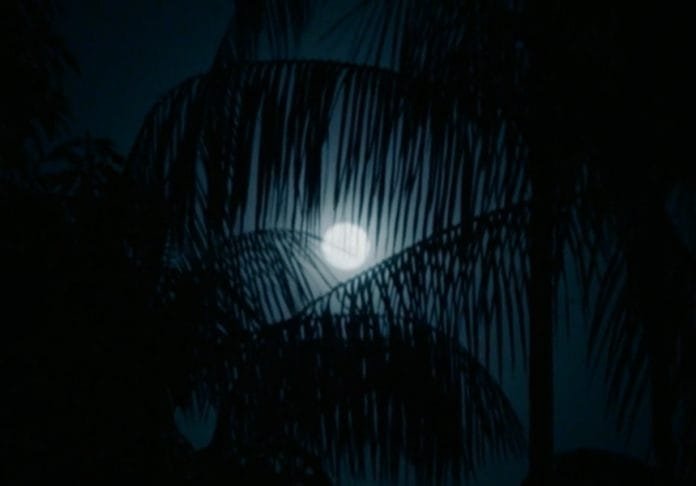INVC NEWS
Ayodhya : As March 2024 dawns upon us, celestial enthusiasts gear up for the first lunar eclipse of the year. A lunar eclipse, an awe-inspiring astronomical event, occurs when the Earth moves between the Sun and the Moon, casting its shadow upon the lunar surface during a full moon. This cosmic phenomenon enthralls and captivates observers worldwide, but what exactly does the lunar eclipse slated for March 25, 2024 entail? Let’s delve into the intricacies of this celestial event.
Understanding Lunar Eclipses
Lunar eclipses occur when the alignment of the Sun, Earth, and Moon is such that the Earth’s shadow falls upon the lunar surface. This alignment typically happens during a full moon when the Sun and Moon are in opposition. However, not every full moon witnesses an eclipse, as it necessitates alignment with specific points in the lunar orbit known as the Rahu and Ketu points.
The Date and Time of the First Lunar Eclipse in 2024
Mark your calendars for March 25, 2024, as the date of the first lunar eclipse of the year. This lunar spectacle coincides with Phalgun Purnima, a significant occasion in the Hindu calendar, particularly celebrated as Dhulivandan. The eclipse will commence at 10:23 am and extend through the day, with Phalgun Purnima ending at 12:29 pm.
The Nature of the Lunar Eclipse
Astrologically categorized as a Chhayakalp lunar eclipse, this celestial event holds unique significance. Currently, Rahu occupies the constellation of Pisces, while Ketu resides in Virgo. With the Moon positioned in Virgo during the eclipse, astrological interpretations suggest the occurrence of a lunar eclipse during this full moon phase.
Visibility of the Lunar Eclipse
While the lunar eclipse promises a breathtaking spectacle for sky gazers, unfortunately, it won’t be visible from Indian vantage points. Classified as a Chhayakalp lunar eclipse, this cosmic display will not grace the skies above India. However, this absence doesn’t detract from the significance of the event, as it underscores the marvels of celestial mechanics.
Observational Practices and Cultural Beliefs
In light of the lunar eclipse’s invisibility from India, traditional observational practices and cultural beliefs warrant examination. Despite the absence of visible celestial phenomena, adherents can proceed with customary Purnima rituals without the need for dietary or religious restrictions. Vedic injunctions regarding eclipse observance need not be strictly followed, providing a reassurance of continuity in cultural and religious practices.
The advent of the first lunar eclipse of 2024 in March ushers in a celestial spectacle of unparalleled beauty and significance. Despite its invisibility from Indian shores, the event serves as a testament to the intricate dance of celestial bodies and the enduring allure of astronomical phenomena. As observers worldwide await the unfolding of this cosmic drama, let us embrace the wonder and grandeur of the universe, finding solace and inspiration in the celestial tapestry above.
















